
Native American Heritage Month
What started at the turn of the 20th century as an effort to gain a day of recognition for the significant contributions that first Americans made to the establishment and growth of the United States, resulted in one month being designated for that purpose. On August 3, 1990, President George H. W. Bush declared the month of November as National American Indian Heritage Month, later referred to as Native American Heritage Month and American Indian and Alaska Native Heritage Month.
The commemorative month is a time to celebrate rich and diverse cultures, traditions, and histories and to acknowledge the important contributions of Native people. Heritage Month is also an opportunity to educate the general public about tribes, the unique challenges Native people have encountered and continue to face, and the ways in which tribal citizens have worked to conquer these challenges.
To commemorate Native American Heritage Month, the College of Engineering at UC Santa Barbara is recognizing and celebrating members of the Native people community who have made or are currently making remarkable contributions to engineering and related STEM disciplines while inspiring others in the process. We believe that diversity is truly indispensable in the college and that richly varied perspectives and lived experiences enhance creativity and innovation, leading to better engineered solutions. Here, we shed light on some inspiring scientists and innovators of Native heritage.

Born in 1958 and raised on the Navajo Reservation in Crownpoint, New Mexico, Lori Alvord is the first Navajo woman to become a board-certified surgeon. She double majored in psychology and sociology at Dartmouth College, eventually attending medical school at Stanford University, where she developed her technical and clinical skills and became board certified in surgery. But when she returned to the New Mexico reservation to work in a Navajo community, she said, she discovered that, “although I was a good surgeon, I was not a good healer. And I went back to the healers of my tribe to learn what a surgical residency could not teach me.” From there, she became grounded in the belief, shared widely among Native American tribes, that everything in life is connected and came to understand that the health of the human spirit is just as important as the health of the physical body. In her 1999 memoir, The Scalpel and the Silver Bear, Alvord discusses her desire to combine Navajo healing philosophies with western medicine. In 2013, she was a nominee to become the U.S. Surgeon General.
The first Navajo member to receive a PhD in physics, Fred Begay was born in 1932 at Towaoc, Colorado on the Ute Mountain Indian Reservation. While he was a child, his parents started teaching him Navajo medicine. Introduced to physics when he returned from serving in the Korean War, Begay noted how his culture inculcated an intuition of abstract ideas and discovered Navajo ideas that corresponded to the scientific concept of radiation and lasers. Begay earned his bachelor’s degree in math and science, and his master’s and PhD in physics from the University of New Mexico. Shortly after completing his doctorate, he joined the physics staff at the Los Alamos National Laboratory, where he worked on developing alternative uses to laser, electron, and ion beams to heat thermonuclear plasmas. Begay received the American Indian Science and Engineering Society’s Ely Parker Award in 1992, the National Science Foundation’s Lifetime Achievement Award in 1994 and the Distinguished Scientist Award from the Society for the Advancement of Chicanos and Native Americans in Science in 1999. He died in 2013.

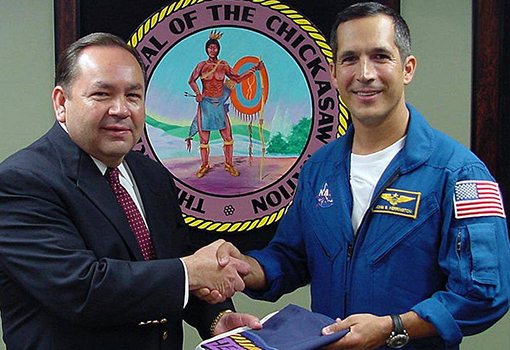
John Herrington is the first Native American person to go to space. Selected to be a ppart of the astronaut program in 1996, Herrington was named a mission specialist for the sixteenth shuttle mission to the International Space Station in 2002, completing three separate space walks. As an enrolled member of the Chickasaw Nation, meaning that his name appears in the official tribal membership roll, he chose to honor his heritage by carrying with him to space the Chickasaw Nation flag, an eagle feather, and a Native flute. In 2004, he served as the commander of the NEEMO 6 mission, a field test for extreme space environments that required him and his crew to live and work underwater for ten days. Since retiring from NASA in 2005, he has served as a motivational speaker, with a focus on encouraging students to continue their academic ventures. Herrington also earned his PhD in education from the University of Idaho.
Born in 1956 in Atlanta, Georgia, Thomas David Petite holds more than fifty patents and has more than one hundred patents pending in the United States related to wireless technology. A member of the Fond du Lac Band of Lake Superior Chippewa tribe, he is best known for his work in developing wireless mesh technology, creating innovations used in networking, remote control, and wireless enabled devices. Petite invented the components integral to creating remotely monitored and controlled environment systems within a specific location such as a home. His work was also a driving force behind the development of the smart grid and the Internet of Things (IoT) technology. Petite founded the Native American Intellectual Enterprise Council, a non-profit organization helping Native American inventors and communities.
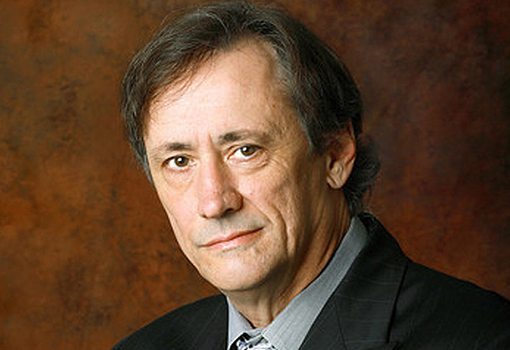
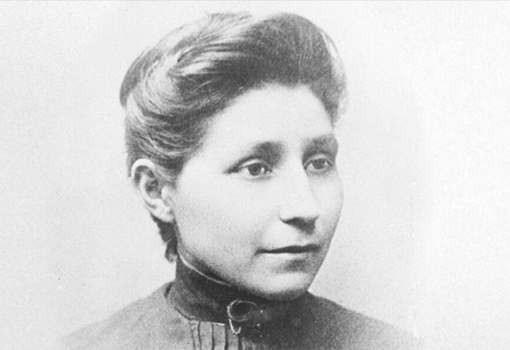
Born in 1865 on the Omaha reservation, Susan La Flesche Picotte was the first Native American woman to receive a medical degree and the first person in the United States to receive federal aid for professional education. According to Picotte, she became inspired to enter the medical field as a child, after watching an indigenous woman die because the local white doctor refused to treat her illness. After completing only two years of a three-year program at the Woman’s Medical College of Pennsylvania, the first medical school in the country established for women, she graduated as the valedictorian at the age of 24. She returned home and provided health care to some 1,200 Omaha people over more than 400 square miles. Prior to her death in 1915, she had served both white and indigenous people at her private practice and opened the first non-government-funded reservation hospital in Walthill, Nebraska. Today, the hospital houses a museum dedicated to her work and the history of the Omaha and Winnebago tribes.
Born in 1908, Mary G. Ross is considered to be the first known Native American engineer and the first female engineer to work for Lockheed. Her great grandfather, John Ross, was one of the longest-serving Cherokee Nation chiefs as well as one of the early Park Hill settlers. After completing her bachelor’s and master’s degrees in mathematics, Ross was hired by Lockheed in 1942. The company sent her to UC Los Angeles to gain skills in aeronautic engineering. She worked her way up the male-dominated corporate ladder, becoming a part of the top-secret Lockheed Skunk Works program, where she established major technical and operational requirements and provided data critical to the design of aerospace development. She eventually joined NASA, and though much of her work there remains classified, Ross made invaluable contributions to the Apollo program, including helping to write NASA’s Planetary Flight Handbook. She died in 2008, just a few months shy of her one-hundredth birthday.
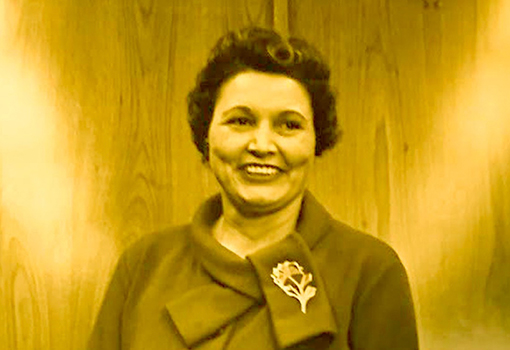
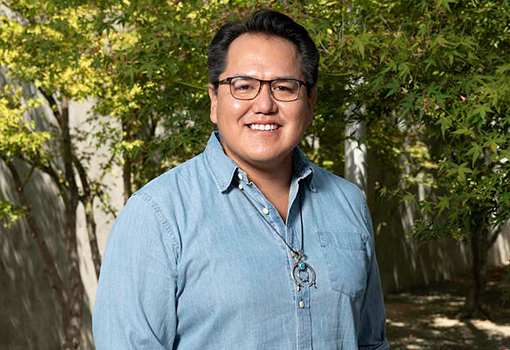
Born on the Navajo reservation in 1986, Aaron Yazzie is currently a mechanical engineer at the NASA Jet Propulsion Laboratory in Pasadena, California, where he designs mechanical systems for robotic space research missions. He was worked extensively on flight hardware for missions to Mars, including the Curiosity Rover and the Perseverance Rover. In 2017, he was honored by the Navajo National Tribal Council for “contributions to service and inspiration to Diné [Navajo] youth and citizens,” and he received the NASA JPL Bruce Murray Award in 2019 for “promoting inclusion and excitement in science and education, especially among Indigenous Communities.”
